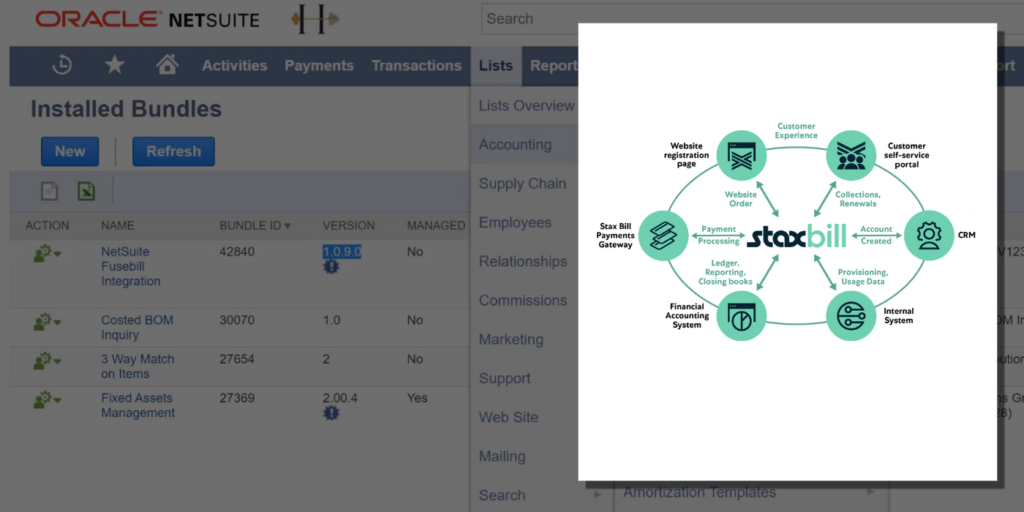There’s nothing more frustrating than dealing with a disconnect between the technologies your company uses…Every. Single. Day.
We know it.
That’s why our team is always listening for great new ways we can bridge gaps between Stax Bill and our clients’ other favorite software platforms. Because seamless integrations provide businesses with the operational flexibility they need to keep on growing.
Our winter 2020 updates focus on our NetSuite recurring billing integration with cloud-based accounting and ERP software giant.
We made a number of additional updates to our NetSuite integration in 2022. Read more about those here!
So many of our clients manage their ledgers, assets, liabilities, revenues, expenses, and more for their entire companies through this platform—the ERP giant has over 33,000 users worldwide. And by logically integrating it with Stax Bill, we’ve enabled them to also leverage the powerful subscription management and revenue recognition capabilities of our recurring billing engine.
Our initial NetSuite integration was launched in March 2019, and now we’ve taken the synthesis a leap forward, allowing for greater automation, improved insight, and of course, even happier finance teams!
These updates consolidate Stax Bill’s position as the leading and most powerful recurring billing integration for NetSuite.
Like all our updates, the latest was driven by customer demand. And in this case, that demand was overwhelmingly driven by our customers operating within the Internet of Things (IoT) market.
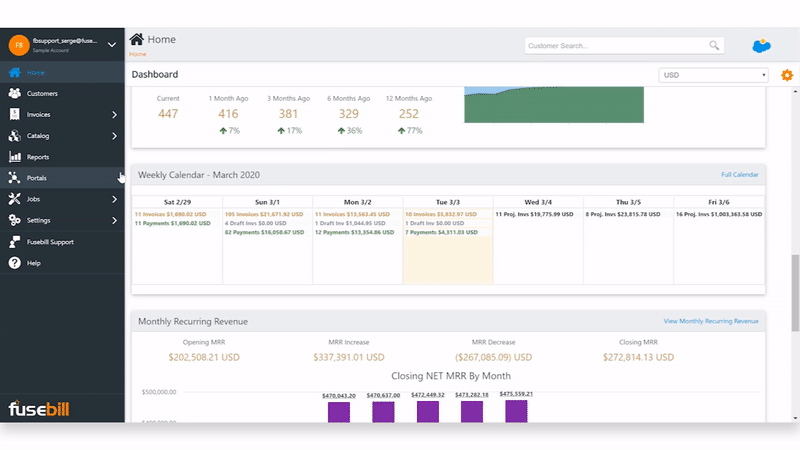
Let’s dig into our latest NetSuite recurring billing integration updates and how they benefit not only our IoT-based clients but all our clients that use this platform.
1. Detailed billing data sync from Stax Bill to NetSuite
The first practical solution we wanted to provide through these updates was to ensure invoices in our clients’ NetSuite look the same as their corresponding invoices in Stax Bill. Simplicity is one of our core values, and this update makes sense on so many levels.
By adding custom entity and catalog mapping capabilities, clients are now able to map their individual Stax Bill products or line items to equivalent NetSuite items. This results in accurate, detailed, corresponding NetSuite invoices that will give your accounting team full clarity and peace of mind—not to mention some seriously warm and fuzzy feelings.
Now, as long as the information has been mapped, Accounting will see exactly what billing sees. This update is also ideal for businesses that want to leverage NetSuite’s inventory module.
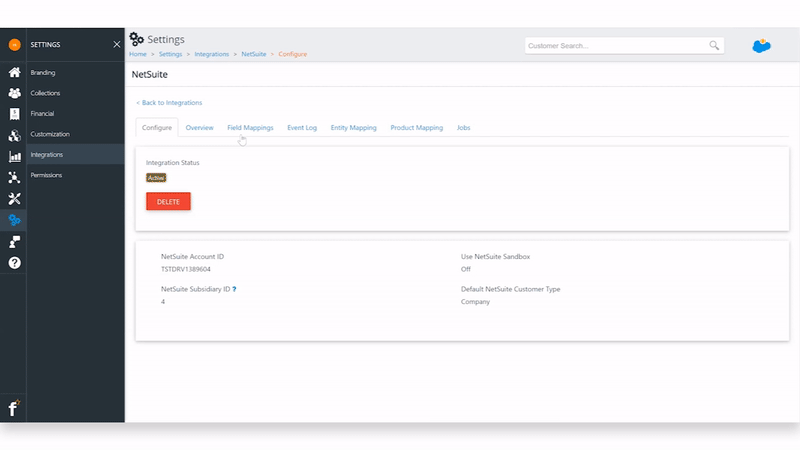
2. Automated inventory management capabilities
Stax Bill now provides support for both simple and serialized inventory NetSuite items. This new data sync means both of these inventory types can now be automatically subtracted from your business’s NetSuite inventory upon purchase through Stax Bill—an update that’s particularly useful for IoT businesses.
Simple NetSuite inventory products are types of inventory that aren’t uniquely identified, such as accessory items like connectors, cables, sensors, and wires. These are generic revenue items that don’t have individual serial numbers, whereas serialized items like IoT devices obviously do.
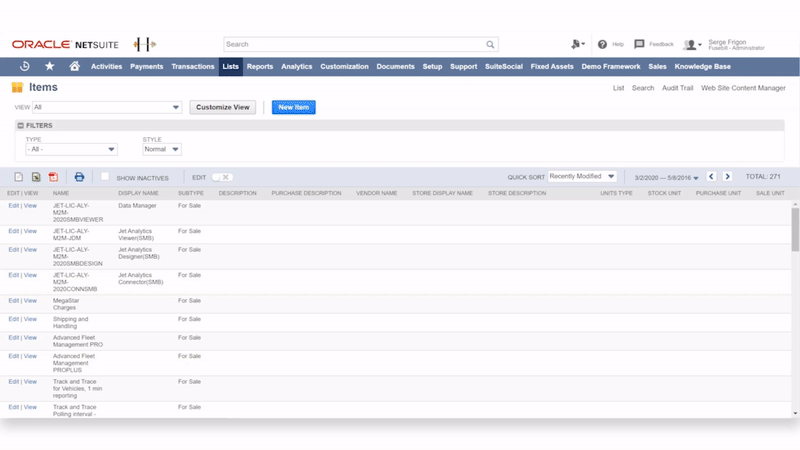
Here’s an example of how it works:
One of our clients sells recurring subscriptions on IoT devices. The business also sells the devices and supporting hardware. While NetSuite expertly helps this business manage its massive catalog of inventory, it isn’t so great at managing the customer subscriptions and recurring revenue side of things. That’s where Stax Bill comes in.
The updates we’ve made to the data sync between Stax Bill and NetSuite mean when our client posts an invoice for an IoT device and its required hardware, those items are immediately subtracted from its NetSuite inventory.
- For the device, the inventory update reflects the specific serial number purchased.
- For the hardware, the inventory simply gets reduced based on the number of items purchased.
This new level of automated inventory management means less effort for our client’s team in terms of manually tracking and updating. It also reduces the risk of human error and enables real-time accuracy when it comes to their inventory.
And of course, accurate inventory of serialized items is especially important because each of these devices can only be sold once.
3. Greater visibility into large-scale recurring billing integrations
When your accountants are closing the books at the end of the month, they want to be able to ensure they have all the correct data. And if they can do it at a glance, even better.
So, in these latest updates, we’ve introduced a powerful new integration overview screen that provides a high-level view of your Stax Bill to NetSuite integration’s current status.
Through this screen, your finance team can immediately:
- get a high-level sense of all customers who have corresponding entries in NetSuite
- see all invoices generated on synced customers and see whether they’ve been properly created in NetSuite
- review all payments generated on synced customers and see whether they’ve been properly created in NetSuite, and
- see all adjustment transactions generated on synced customers and determine whether they’ve been properly created in NetSuite.
Basically, Stax Bill creates customers in your NetSuite, then records invoices under those customers. It also records payments in your NetSuite and allocates those payments to invoices.
Finally, it supports adjustments—including refunds and reversals—and the write-off functionality, so any of these financial events that occur in your Stax Bill get reflected automatically in your NetSuite. The new overview screen will give your team greater visibility and insight into this entire process.
At the end of the day, this new feature is all about providing your team with drill-down capabilities for easier troubleshooting.
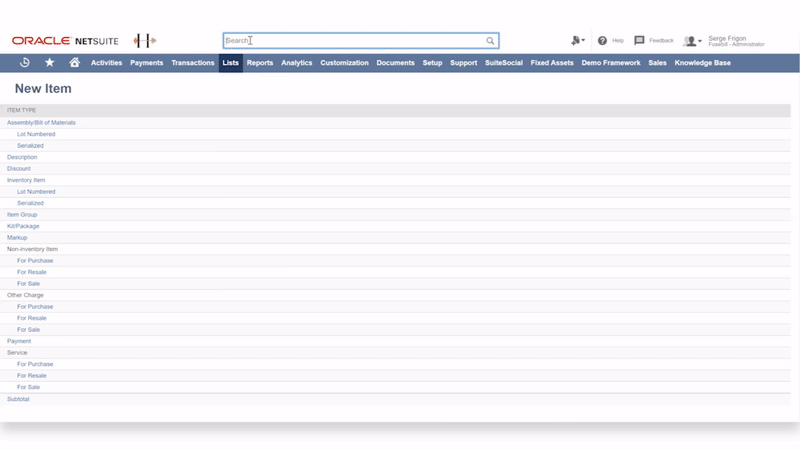
4. Greater accuracy and transparency regarding accounting compliance
This final update is a biggie, as it bridges the disconnect between how much revenue is recognized by your business, and for which products specifically. Your accountants can now track recognized revenue at a product level by general ledger (GL) code to match their own ledgers for more accurate compliance.
In Stax Bill, all new charges are put into a liability ledger called “Deferred Revenue”. Then, using revenue recognition rules specified for each product in a catalog, money is moved from the deferred revenue ledger to final income ledgers.
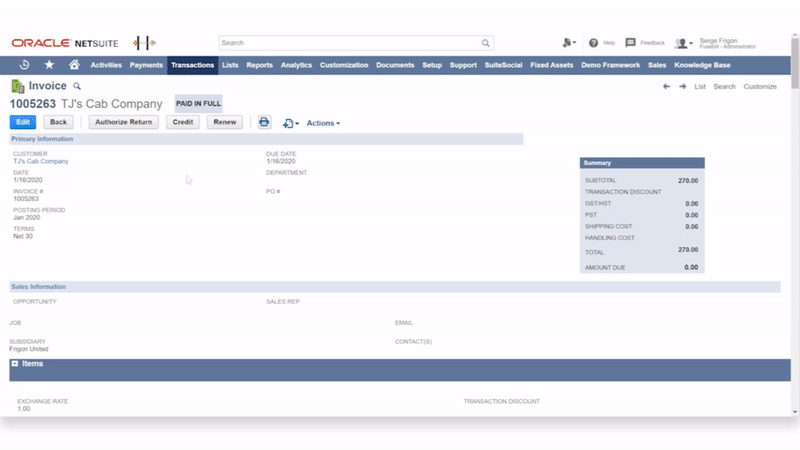
Our NetSuite integration is designed to facilitate the recording of this process in your NetSuite instance.
This benefits our clients because:
- they don’t need to purchase any additional revenue recognition modules, and
- they can get very accurate breakdowns of revenue recognition at a daily level of granularity.
For this process to work seamlessly, ensure your Stax Bill GL codes match the final earned revenue or income ledgers used by your accounting team. Then, associate your products with those various buckets. Once a month—or however frequently your books are closed—your accountants can go into Stax Bill revenue reporting and run revenue by GL code report.
We now offer a display-by-ledger option, which is ideal for accountants. It tells them exactly how much revenue is recognized per GL code so they can move accurate data from the Stax Bill ledger to their income ledger in NetSuite.
*SIGH OF RELIEF*
How can your team start leveraging these NetSuite recurring billing integration updates today?
If you’re already a Stax Bill customer with NetSuite integration, these latest updates are ready for your team to take advantage of right now!
Interested in our Stax Bill platform to automate your recurring billing and subscription management? We’d love to walk you through a demo.
Our unique ‘design for success’ methodology includes Stax Bill solution architects working with you to confirm a good fit in the pre-sales process.
And all our new Stax Bill clients receive a dedicated implementation manager as part of their onboarding, ensuring all your setup and integrations are activated with success.
So whether your recurring revenue business is looking to improve data synchronization between your billing and your accounting, your IoT business is looking to add automation to your inventory management, or your accounting team is simply looking for more detailed data and revenue recognition tracking, our latest updates have you covered!
We’re always listening to the needs of our customers, and we continually make updates to improve their experience with our product and with how it integrates with the other products they use for business every day. So if you have suggestions, send ‘em our way!
We’re excited to continue developing our NetSuite integration to add more value and automation to your business and your entire team.
